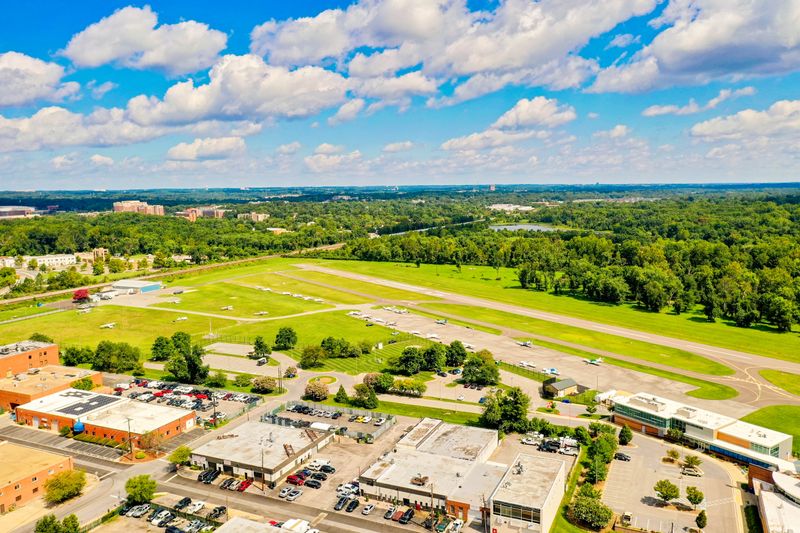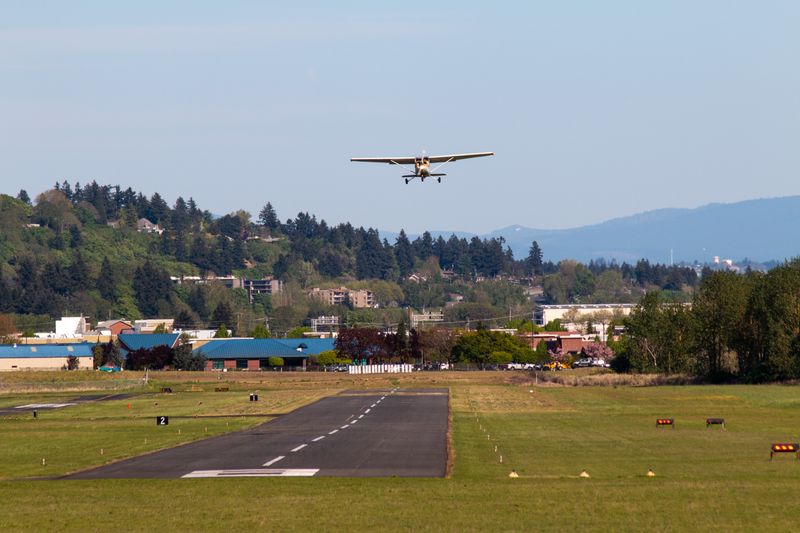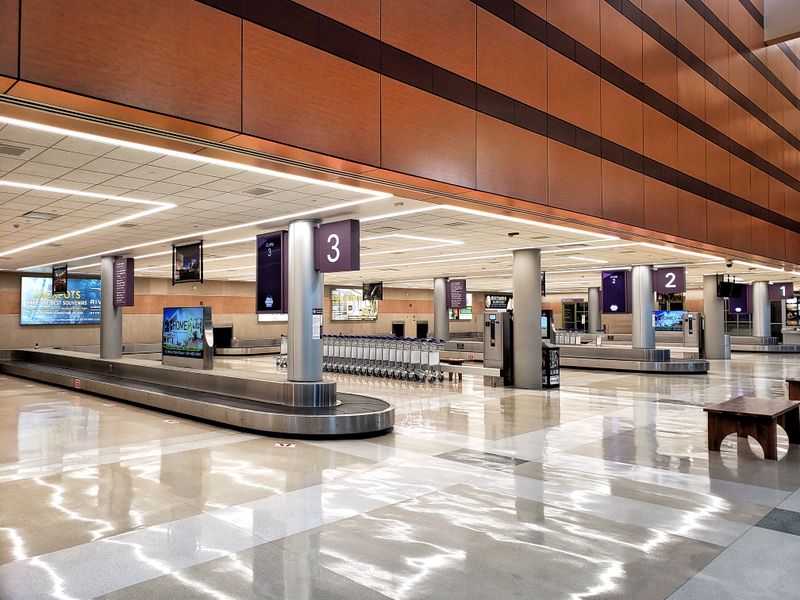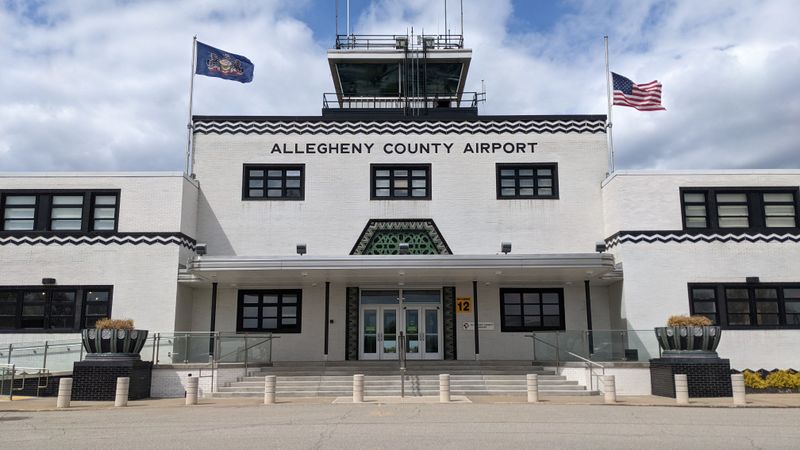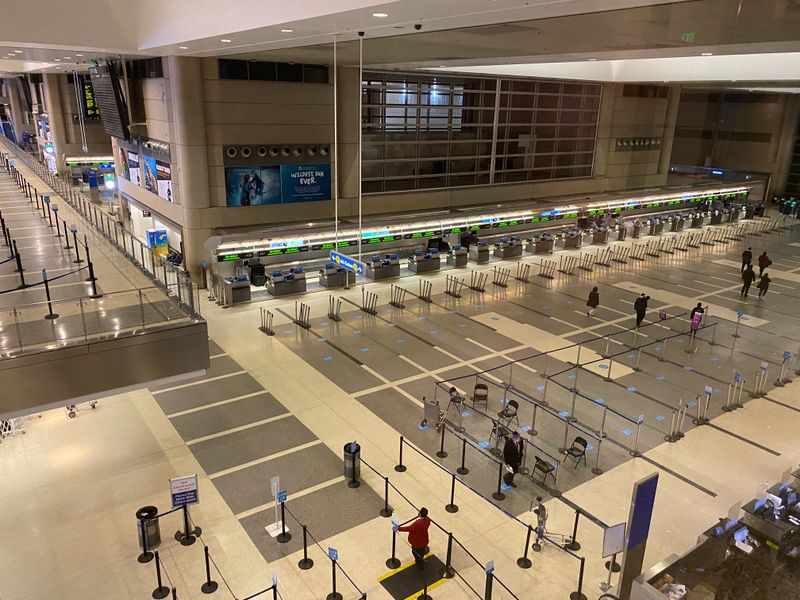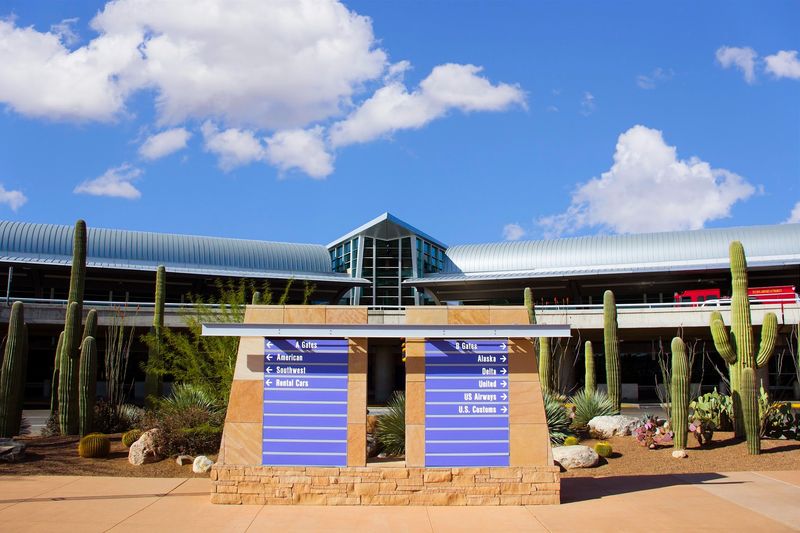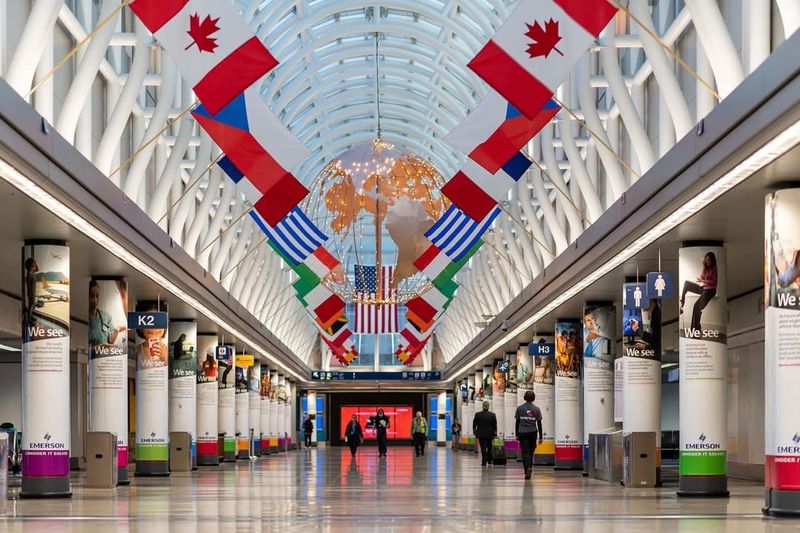Curious where America’s earliest flights took off and still do today? These living airports are not museum pieces but active runways where history brushes past your window seat. You will find Wright brothers legacies, military heritage, and hometown fields that refused to fade. Let’s taxi through time and touch down on the stories that still hum beneath the pavement.
1. College Park Airport (1909) – College Park, Maryland
College Park Airport claims the title of oldest continuously operating airport in the world, and you feel that heritage the moment you arrive. The Wright brothers trained U.S. Army pilots here, setting the tone for America’s earliest military aviation. You can walk past exhibits and then watch a Cessna lift off, bridging 1909 to today.
Unlike a museum frozen in time, College Park remains a working field for general aviation. Student pilots trade pattern calls while history buffs linger by the fence. If you love aviation, you get both the thrill of a live airport and the satisfaction of standing where powered flight education began.
2. Pearson Field (1905–1909) – Vancouver, Washington
At Pearson Field, early aviation stirred as far back as 1905, then formal operations took shape around 1909. The field sits beside Fort Vancouver, where military and civic stories intertwine. You can feel that frontier energy when a taildragger bounces onto the runway and rolls toward the historic hangar.
One of the world’s oldest continuously operating airfields, Pearson balances heritage with everyday flying. Pilots drop in for fuel while visitors drift through displays that honor pioneers. It is a rare place where you can trace aviation’s arc from canvas and wood to composite singles, all within a few steps.
3. Huffman Prairie Flying Field (1910) – Dayton, Ohio
Huffman Prairie is where the Wright brothers turned first flight into practical flight. Out here, they refined controls, honed takeoffs, and proved that airplanes could be reliable machines. When you watch demonstrations, you grasp how perseverance turned fragile kites into dependable craft.
The field still hosts occasional aviation demonstrations, preserving techniques that once seemed impossible. You stand in the breeze, imagining the hum of early engines and the shouts from a small ground crew. It is humble terrain, yet its impact touches every modern cockpit you know.
4. Augusta Municipal Airport (1910–1911) – Augusta, Kansas
Founded in the early 1910s, Augusta Municipal keeps Kansas flying honest and close to the ground. You taxi past neat rows of hangars and a windsock that has seen a century of weather. The feel is welcoming, the kind of field where locals wave as you shut down.
It remains a public-use airport, steady and useful rather than flashy. Flight schools, weekend flyers, and visiting business pilots all share the pattern. If you want history that still earns its keep, Augusta’s runway is a working chapter of aviation’s story.
5. Merrill Field (1910–1911) – Anchorage, Alaska
Merrill Field is among Alaska’s oldest airports, and you feel that legacy with every cold morning start. Bush pilots have launched from here toward remote strips and wild horizons. The ramps bustle with maintenance shops, training aircraft, and weather-hardened crews.
Despite the years, Merrill still serves general aviation with purpose. You can watch a Super Cub lift off toward mountains that swallow the skyline. It is a gateway to adventure and a classroom for aviators who learn respect for terrain and weather.
6. Albany International Airport (1908–1917) – Albany, New York
Albany International traces activity back at least to 1917, with roots even earlier, making it the oldest municipal airport in the U.S. still operating. Officially opened in 1928, the field had already hosted flyers who tested the boundaries of municipal aviation. You can feel that continuity stepping from curb to gate.
Today it blends commercial service with local pride in longevity. Regional jets taxi where barnstormers once staged. For travelers, it is just a convenient airport, but for enthusiasts, every departure sits atop a century of momentum.
7. Bowman Field (1919) – Louisville, Kentucky
Bowman Field is one of America’s oldest continually operating commercial airports. The art deco terminal feels like a time capsule, yet the ramp hums with today’s traffic. You will see student pilots, business travelers, and Guard activity sharing airspace.
General aviation remains the heartbeat, with the Kentucky Air National Guard adding purpose. It is a place where community events, airshows, and training overlap. If you crave continuity, Bowman proves that commercial roots can thrive alongside modern demands.
8. Beverly Regional Airport (1920) – Beverly, Massachusetts
Beverly Regional is the oldest operating airport in New England and a cradle of civilian pilot training. The atmosphere is practical and friendly, with a steady churn of lessons and cross-country hops. You might catch a vintage twin taxi past a row of modern trainers.
Its legacy lives in the pilots who earned wings here across generations. The field’s endurance speaks to a region that values skill and resilience. Drop by and you will feel New England’s aviation heartbeat thrum through each takeoff roll.
9. Teterboro Airport (1919–1920) – Teterboro, New Jersey
Teterboro is one of the oldest operating airports serving the New York City metro area. Today it is a powerhouse for business aviation, with fast turnarounds and polished FBOs. You can almost feel the urgency of the city pulsing through each departure slot.
History lingers in early hangars and long-running operations, but the vibe is decidedly modern. Crews hustle, jets whisper, and the skyline frames every climb. If you want to see legacy adapted for speed, Teterboro delivers it daily.
10. Wilkinsburg Airfield / Pittsburgh-Allegheny County Airport (1919–1924) – West Mifflin, PA
Aviation around Pittsburgh took off near 1919, evolving into what is now Allegheny County Airport. The art deco terminal hints at the city’s industrial optimism. You can picture barnstormers giving way to scheduled flights as steel-town skies filled with new routes.
Today the airport serves general aviation with steady competence. Training, charters, and maintenance keep the ramps lively. If you value continuity, this field connects early Wilkinsburg days to a modern GA hub.
11. LAX – Los Angeles International Airport (1928; field used since early 1920s) – Los Angeles, CA
LAX ranks among America’s oldest major commercial hubs, and its roots reach back to the Mines Field days. You stand under the Theme Building while jets from across the world sweep past. The scale is cinematic, yet the throughline from the 1920s remains.
From barnstorming showcases to global gateway, LAX keeps reinventing itself. Construction cranes, new lounges, and evolving runways show constant motion. If big-airport energy excites you, this is where yesterday’s experiments became today’s superhighways in the sky.
12. Tucson International Airport (1919–1923) – Tucson, Arizona
Tucson International began as an early municipal airfield and grew into a regional powerhouse. The desert light makes aluminum gleam as arrivals float over cactus-dotted terrain. You can sense how open skies invited flyers to push distances and reliability.
Today it balances airline service with strong military support activity. Training sorties share the horizon with vacation flights and cargo runs. If you crave variety, Tucson’s pattern mixes mission and leisure with effortless rhythm.
13. Yuma International Airport (1928) – Yuma, Arizona
Yuma’s aviation story is closely tied to military operations dating back to the 1920s. The airport shares space with Marine Corps Air Station Yuma, so you might catch fighters screaming overhead. That energy infuses even the civilian side with a sense of purpose.
Yet it also functions smoothly for passengers and general aviation. Check in, watch a formation climb, then board your flight as the desert heat shimmers. If dual identities fascinate you, Yuma wears both with confidence.
14. O’Hare International Airport (1926 airfield operations; commercial since 1955) – Chicago, Illinois
O’Hare began as a Douglas manufacturing field in the 1920s before becoming a commercial giant. The transformation from factory strip to global crossroads tells a pure Chicago story of reinvention. You feel that grit when a winter crosswind tests every landing.
Since commercial operations kicked off mid-century, O’Hare has ranked among the world’s busiest. Hubs connect, delays compress, and the choreography still

